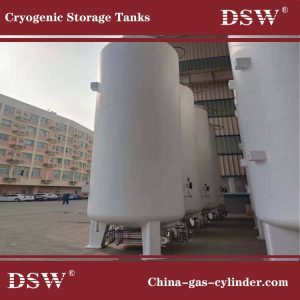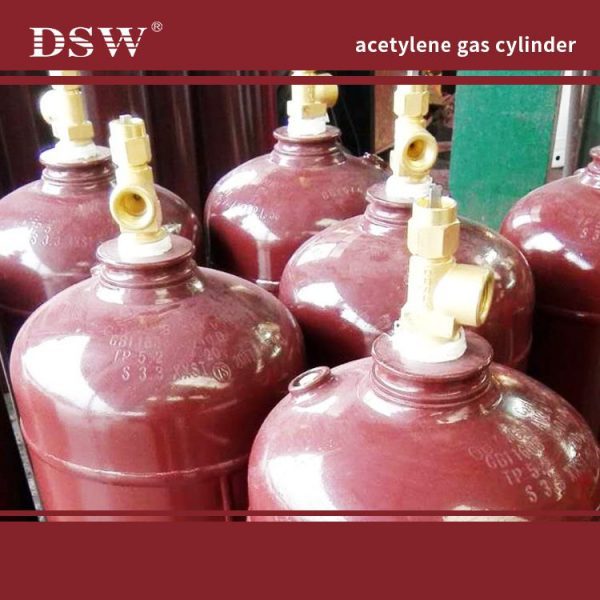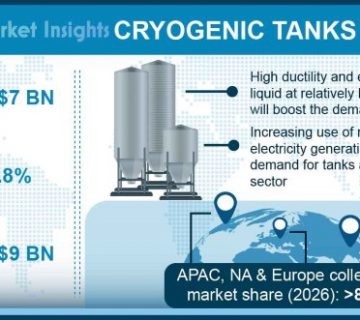What is a cryogenic tank?
Cryogenic tanks are liquid tanks, tank containers, or cryogenic vessels with double-wall construction made of a stainless steel inner vessel and carbon steel outer vacuum jacket with MLI standard. Other options are single-wall vessels, insulated on non-insulated or triple-wall containers that store high-temperature gases like LNG, co2, and nitrous oxide. These are gas supply system parts used in various sectors, such as steel processing, medical technology, electronics, water treatment, energy production, and food handling.

What are cryogenic tanks made of?
A cryogenic tank is composed of a structure divided into two fundamental parts: An inner vessel made of stainless steel and designed to withstand very low temperatures. An outer container made of carbon steel.
Inner Pressure Vessel
When exposed to cryogenic temperatures, a vessel is usually made of stainless steel or other materials with favorable strength characteristics.
Outer Vessel
A vessel made of carbon steel or stainless steel. Under normal operating conditions, this vessel retains the insulation around the inner pressure vessel and maintains a vacuum around the inner container. Typically, the outer plate is not exposed to cryogenic temperatures.
Insulation
The space between the inner and outer vessel, containing several inches of insulating material maintained in a vacuum. The vacuum and insulating material help to reduce heat transfer, thereby reducing the boil-off of the liquid oxygen, liquid nitrogen, or liquid argon stored within the vessel.
What is the pressure in a cryogenic tank?
The maximum working pressure of cryogenic storage tanks ranges from 2 to 37 bar, depending on where the tank will be used. It can be designed vertically or horizontally according to customer demand.
What is the capacity of a cryogenic tank?
The tanks range in capacity from 3,000 to > 100,000 liters and have standardized working pressures of 18, 22, or 36 bar, respectively.

Which is used as a cryogenic liquid?
Liquefied gases, such as liquid nitrogen and helium, are used in many cryogenic applications. Liquid nitrogen is the most commonly used element in cryogenics and is legally purchasable around the world. Liquid helium is also widely used and allows for reaching the lowest attainable temperatures.
Melted gases are used in various industries: metal processing, modern clinical technology, electronics, water therapy, energy manufacturing, and food handling. Consumers are significantly receiving these industrial gases in fluid form at cryogenic temperature levels, permitting them to be stored on-site for future use.
Cryogenic fluids
Cryogenic fluids with their boiling point in kelvins and degree Celsius.
| Fluid | Boiling point (K) | Boiling point (°C) |
|---|---|---|
| Helium-3 | 3.19 | -269.96 |
| Helium-4 | 4.214 | -268.936 |
| Hydrogen | 20.27 | -252.88 |
| Neon | 27.09 | -246.06 |
| Nitrogen | 77.09 | -196.06 |
| Air | 78.8 | -194.35 |
| Fluorine | 85.24 | -187.91 |
| Argon | 87.24 | -185.91 |
| Oxygen | 90.18 | -182.97 |
| Methane | 111.7 | -161.45 |











No comment